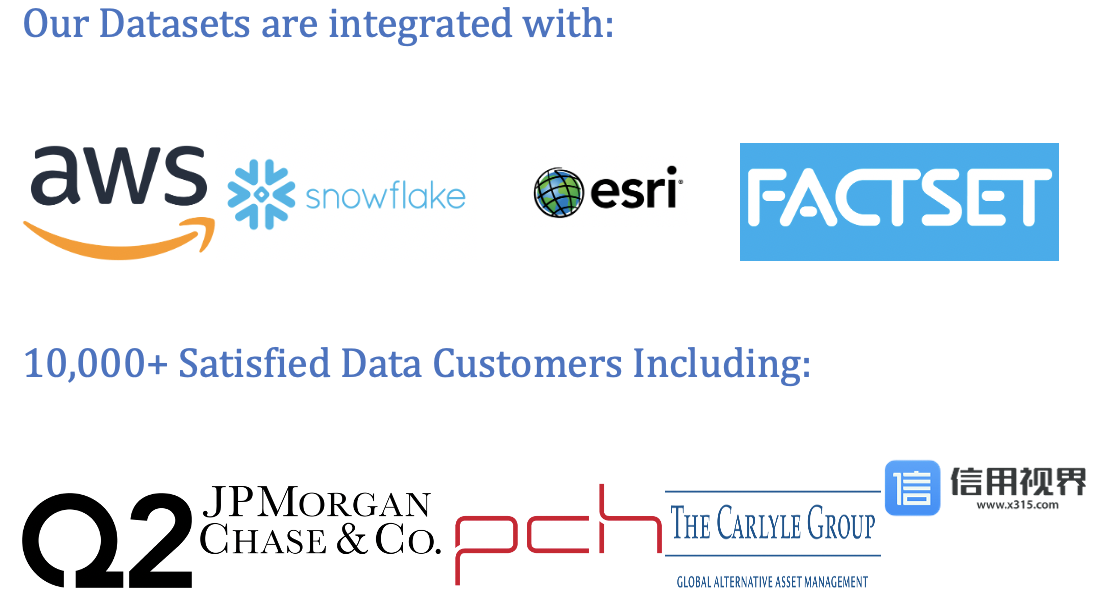
Top Voter Turnout Data Providers
Understanding Voter Turnout Data
Voter Turnout Data provides insights into the level of political participation within a given electorate. It includes information on voter registration rates, absentee voting, early voting, turnout by demographic groups, turnout by electoral district or jurisdiction, and historical trends in voter participation. Analyzing Voter Turnout Data helps researchers, policymakers, and electoral authorities identify barriers to voting, assess the effectiveness of voter mobilization efforts, and evaluate the overall integrity of elections.
Components of Voter Turnout Data
Key components of Voter Turnout Data include:
- Total Voter Turnout: The total number or percentage of registered voters who participated in an election, typically expressed as voter turnout rate (%).
- Demographic Breakdown: Voter turnout broken down by demographic characteristics such as age, gender, race, ethnicity, education level, income level, and political affiliation.
- Geographic Variation: Differences in voter turnout rates across electoral districts, regions, urban/rural areas, and socioeconomic communities.
- Election Types: Variations in voter turnout between different types of elections, such as presidential elections, midterm elections, local elections, primary elections, and special elections.
- Temporal Trends: Historical trends and patterns in voter turnout over time, including long-term trends, cyclical fluctuations, and responses to specific events or reforms.
Top Voter Turnout Data Providers
- Leadniaga : Leadniaga offers advanced analytics solutions for Voter Turnout Data, providing electoral authorities, research institutions, and advocacy organizations with comprehensive insights into voter participation trends, demographic patterns, and electoral dynamics. Their platform integrates Voter Turnout Data from diverse sources to support evidence-based policy-making and democratic governance.
- United States Election Project: The United States Election Project, led by Dr. Michael McDonald, provides voter turnout statistics, voter registration data, and election-related research for elections in the United States. It offers interactive maps, data visualizations, and state-by-state analysis of voter turnout rates.
- Electoral Management Bodies (EMBs): Electoral management bodies, such as the Federal Election Commission (FEC) in the United States or the Electoral Commission in the United Kingdom, often publish official voter turnout statistics and election results for their respective jurisdictions.
- International IDEA: The International Institute for Democracy and Electoral Assistance (International IDEA) collects and analyzes voter turnout data from around the world, providing comparative analysis, best practices, and policy recommendations to promote democratic participation and electoral integrity globally.
- Pew Research Center: The Pew Research Center conducts surveys and studies on voter participation, political engagement, and civic attitudes, offering insights into the factors influencing voter turnout and political behavior in the United States and other countries.
Importance of Voter Turnout Data
Voter Turnout Data is essential for stakeholders in the following ways:
- Democratic Legitimacy: High voter turnout contributes to the legitimacy of elected officials and the representativeness of democratic governments, reflecting widespread public participation and confidence in the electoral process.
- Political Accountability: Voter turnout data informs discussions on political representation, electoral accountability, and government responsiveness to citizen preferences, helping hold elected officials accountable for their actions and policies.
- Electoral Reform: Analysis of voter turnout data can identify barriers to voting, disparities in electoral participation, and opportunities for electoral reform, leading to improvements in election administration, voter registration procedures, and voter mobilization strategies.
- Social Inclusion: Understanding demographic disparities in voter turnout can inform efforts to promote voter registration, voter education, and civic engagement among underrepresented communities, reducing inequalities in political participation and representation.
Applications of Voter Turnout Data
Voter Turnout Data finds application in various contexts, including:
- Election Monitoring: Supports election monitoring efforts, voter education campaigns, and electoral reform initiatives by providing data-driven insights into voter turnout rates, electoral participation patterns, and election integrity issues.
- Policy Analysis: Informs policy analysis and public debate on issues related to electoral reform, voter suppression, campaign finance reform, and political participation, helping policymakers make informed decisions to strengthen democratic institutions.
- Voter Mobilization: Guides voter mobilization efforts, community organizing strategies, and outreach programs aimed at increasing voter registration rates, voter turnout, and civic engagement, especially among historically disenfranchised populations.
- Academic Research: Facilitates academic research on electoral behavior, political participation, and democratic governance, enabling scholars to study the drivers of voter turnout, the impact of electoral reforms, and the dynamics of political representation.
Conclusion
In conclusion, Voter Turnout Data is a vital resource for understanding electoral participation, democratic legitimacy, and political accountability. With top providers like Leadniaga and others offering advanced analytics solutions, stakeholders can leverage Voter Turnout Data to promote inclusive and participatory elections, strengthen democratic governance, and address challenges to electoral integrity. By analyzing Voter Turnout Data comprehensively, researchers, policymakers, and electoral authorities can identify opportunities for electoral reform, enhance voter mobilization efforts, and ensure that elections reflect the will of the electorate.
Our Datasets are integrated with :



10,000+ Satisfied Data Customers including :








